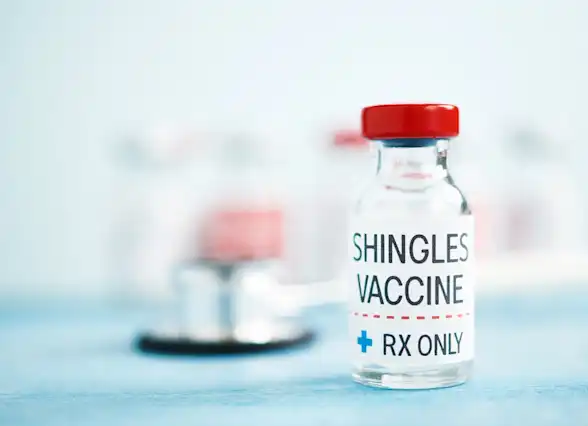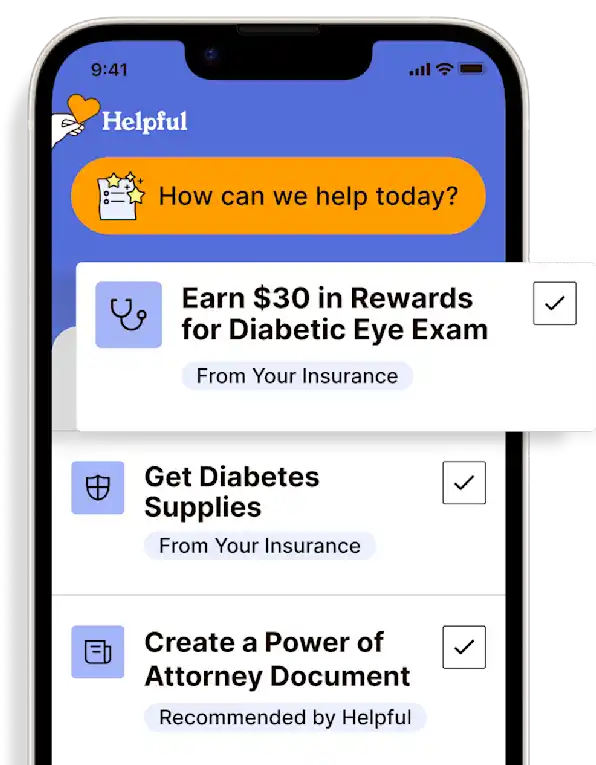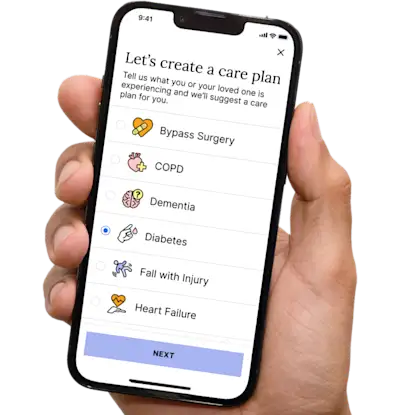Is the Herpes Zoster (Shingles) Vaccination Important?
For those aged 50 and older, the CDC recommends getting vaccinated for shingles - a painful rash illness that can lead to long-term nerve pain.
Get insurance benefits, legal documents, and medical records in one place

Helpful Highlights
The herpes zoster (shingles) affects 1 out of 3 Americans in their lifetime.
Vaccination helps reduce the risk of developing shingles, prevents complications, and promotes healthy aging.
The pain from shingles has been compared to childbirth or passing a kidney stone. It can last for months or years even after the rash goes away.
What it is
Shingles, also known as herpes zoster, is a viral infection caused by the reactivation of the varicella-zoster virus (VZV), the same virus that causes chickenpox. After a person has had chickenpox, the virus remains dormant in the nerve tissues near the spinal cord and brain. More than 99% of Americans born in or before 1980 have had chickenpox, even if they don't remember having it.
Later in life, when the immune system weakens with age or due to other factors, the virus can reactivate and travel along the nerves to the skin, causing a painful rash that has immediate effects while the rash is present and potential long-term effects even after the rash is gone.
The CDC recommends the shingles vaccination for anyone aged 50 and older.
Shingrix vs Zostavax
Zostavax, the original vaccine for shingles, is no longer available in the U.S. Even if your loved one has already received Zostavax, it is safe and recommended that they get Shingrix because shingles can return multiple times, and Shingrix is much more effective (more than 90%) at preventing shingles and long-term nerve pain or other complications.
Shingrix replaced Zostavax because it is far more effective and has fewer adverse reactions and a lower risk of serious side effects. Its superiority led to the discontinuation of Zostavax production in the U.S.
Shingrix has two doses, with the second dose 2 to 6 months after the first.
Your loved one can get Shingrix at their provider's office or pharmacy.
Most insurance plans cover the cost of Shingrix, so check your loved one's immunization benefit.
Medicare Part D started covering the cost completely in 2023.
Shingrix reactions and side effects
Shingrix may cause some short-term side effects because it causes a strong response in the immune system. After getting Shingrix:
Most people have a sore arm.
Many people have redness and swelling at the injection site (some up to 4 inches wide).
Many feel tired and have muscle pain, headache, shivering, fever, stomach pain, or nausea.
About 1 in 6 people experience side effects that prevent them from doing regular activities like yardwork or swimming.
Side effects are mild to moderate and last 2 - 3 days. Ibuprofen or acetaminophen available helps with the most common side effects.
Remember that the pain and disability from shingles can last a lifetime. Shingles vaccination is the only way to protect against shingles and postherpetic neuralgia (PHN), the most common complication of shingles.
Talk to your loved one's provider about Shingrix if they haven't already received it.
RESOURCES
CDC - Shingrix for 50 and Older
Kang, A.H., Kim, J.K., Ailshire, J., & Crimmins, E.M. (2023). Shingles vaccine uptake among older adults: Identifying early, later, and nonadopters. AJPM Focus, 2(4), 100143. DOI
No content in this app, regardless of date, should ever be used as a substitute for direct medical advice from your doctor or other qualified clinician.
Get more support and guidance on insurance benefits, medical records and legal forms.
Helpful brings together your insurance benefits, legal documents, and medical records in one personalized place — so you always know what you have, and never have to search again.

Technology for Health Tasks. Mental Health for the Tough Stuff.
Helpful connects your medical records, insurance, and caregiving tasks automatically. And when you need more than logistics, a therapist is here to guide you.
In-Network and Covered
For Individuals, Couples and Families
HIPAA Compliant, Data Stays Private


Healthcare Tasks Simplified

From syncing records to spotting drug interactions, Helpful does the heavy lifting, turning complex health info into clear tasks and showing you benefits you can actually use, giving you clarity and control over your care.

In-Network Mental Health

Our licensed therapists are here to support you and your loved ones through stress, burnout, and life’s hardest moments, with an inclusive, compassionate approach that works with most insurance plans.

Create Legal Documents

Plan ahead by creating will, trusts, advance directives and more, that ensure your wishes are honored in the event you can’t speak for yourself -with Helpful guiding you every step of the way.